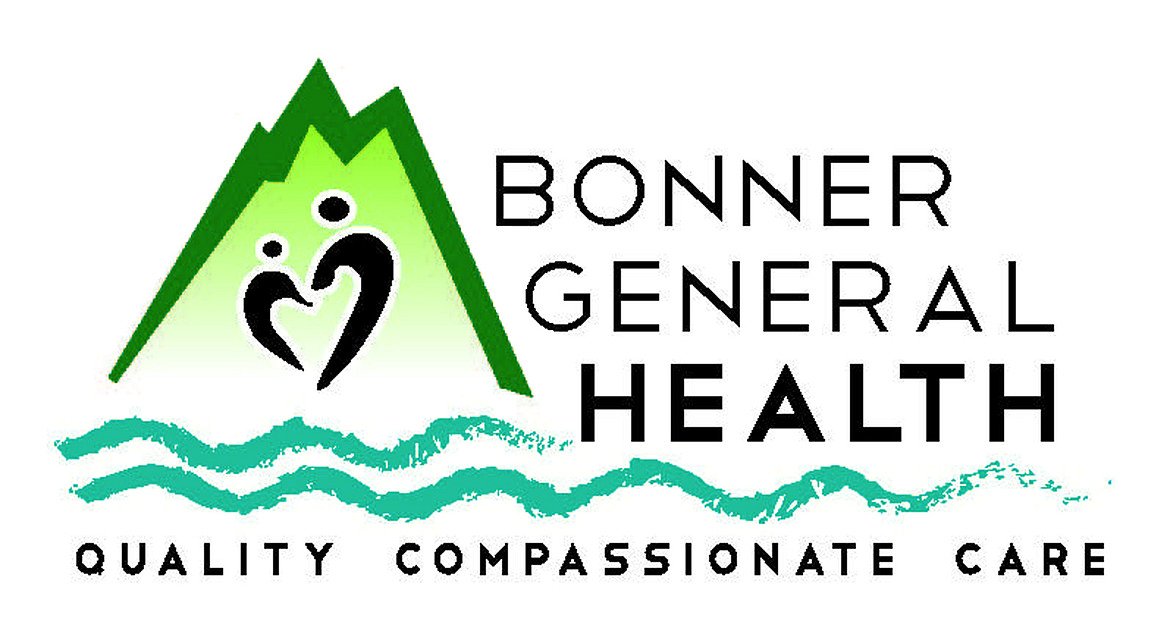Even a mild TBI can be a serious health issue
One day, my Aunt Sadie called to say, “I tripped and bumped my head, but it didn’t knock any sense into me!” I immediately told her to get medical attention. It took her several days of headaches before she came to her senses and called her doctor. She was diagnosed with a mild traumatic brain injury (TBI), which is commonly called a concussion.
Mayo Clinic tells us that “traumatic brain injury usually results from a violent blow or jolt to the head or body. An object that goes through brain tissue, such as a bullet or shattered piece of skull, also can cause traumatic brain injury.”
The Centers for Disease Control and Prevention says that “the most common age group with the highest rate of TBI-related hospitalizations include, in order: adults ages 55 and older, young children ages zero to four years old, and young adults ages 15 to 24 years old.” Males were involved in almost 80 percent of TBI injuries.
Over forty-nine percent of TBIs are caused by slipping and falling, followed by motor vehicle crashes at 24.5 percent. Sports-related activities come next, followed by violence and explosive blasts, and other combat injuries.
Most often, a mild TBI will only affect you temporarily. Symptoms will subside after a few days to a week, and no further treatment will be needed. The important thing to know is that even if your TBI is rated “mild” you may have long-lasting issues.
“More-serious traumatic brain injury can result in long-term complications or death,” Mayo says.
Signs and symptoms are put into three categories, physical, sensory, and cognitive. The physical symptoms of TBI include headache, nausea or vomiting, fatigue or drowsiness, problems with speech, dizziness, or loss of balance. Sensory symptoms might involve blurred vision, ringing in the ears, a bad taste in the mouth, or changes in the ability to smell. In addition, you might experience sensitivity to light or sound.
Cognitive, behavioral, or mental symptoms include “loss of consciousness for a few seconds to a few minutes; or no loss of consciousness, but a state of being dazed, confused or disoriented. Other signs are memory or concentration problems; mood changes or mood swings; feeling depressed or anxious; difficulty sleeping; sleeping more than usual,” according to Mayo.
With a severe TBI, symptoms can appear within the first hour or days after the head injury. They include losing consciousness for several minutes to hours, persistent headaches, or getting a headache that worsens instead of better. Other signs include dilation of one or both pupils; clear fluid draining from the nose or ear; inability to awaken from sleep; weakness or numbness in fingers and toes, and loss of coordination.
The cognitive or mental symptoms of a severe TBI may display as profound confusion; agitation, combativeness, or other unusual behavior; slurred speech; coma and other disorders of consciousness.
“Infants and young children with brain injuries might not be able to communicate headaches, sensory problems, confusion and similar symptoms,” Mayo says. “In a child with traumatic brain injury, you may observe a change in eating or nursing habits; unusual or easy irritability; persistent crying and inability to be consoled; change in ability to pay attention; change in sleep habits; seizures; sad or depressed mood; drowsiness; loss of interest in favorite toys or activities.”
You should call your primary care provider anytime you or your child takes a blow to the head. Seek emergency medical care if there are any signs or symptoms of a traumatic brain injury. Remember, some symptoms might not show up right away.
Reduce your risk by paying attention to your surroundings. Mayo says, “don’t drive, walk, or cross the street while using your phone, tablet or any smart device. These distractions can lead to accidents or falls.”
Always wear seat belts and the proper helmet adequately adjusted for your activity. Check out your home to safely prevent falls. Think about installing handrails, improving lighting, and keeping floors and stairs free of clutter.
Make sure your children’s playgrounds have shock-absorbing materials on the ground, install safety gates at the top of the stairs, and don’t let them lean out of the windows or climb over the railing on the deck.
Kathy Hubbard is a member of the Bonner General Health Foundation Advisory Council. She can be reached at kathyleehubbard@yahoo.com.



